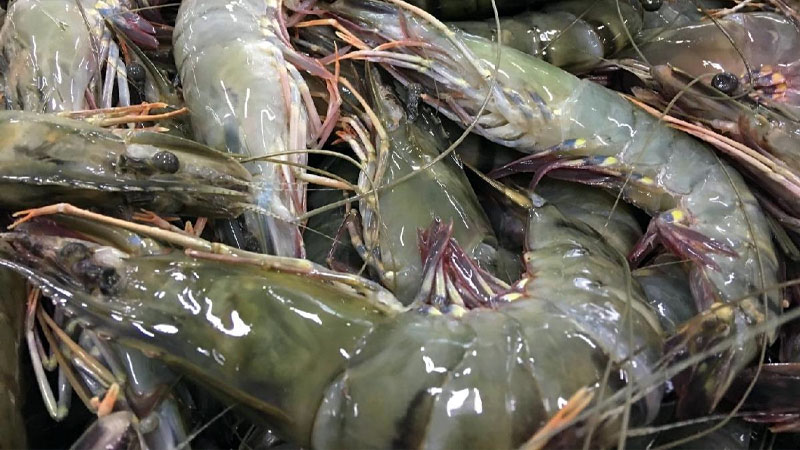Exclusive content

Shrimp farmers in Vietnam’s Mekong Delta, particularly in localities employing intensive high-tech methods, are facing an economic downturn. The prices of shrimp have sharply declined, posing challenges to the livelihoods of local farmers.
Plummeting Prices Hit Hard
Prices for different grades of shrimp have plummeted significantly compared to just two months ago. For instance, a kilogram of 30 shrimp now commands USD 4.33, while 100 shrimp fetches only USD 2.75 per kilogram. This represents a drop of nearly USD 1.97 per kilogram.
The rapid decline in shrimp prices has put many farmers at risk of incurring substantial losses. Those who invested in advanced, high-tech farming methods now find themselves struggling to cover costs and sustain profitability.
Contributing Factors
Local authorities attribute the plummeting prices to several key factors. Export enterprises, crucial for maintaining stable prices and demand, are encountering difficulties. Factors such as slow output, increasing storage costs, and a surge in peak harvest times have compounded the challenges faced by shrimp farmers in the region.
The economic repercussions extend beyond just shrimp prices. The prices of raw pangasius fish, another staple of the region’s aquaculture industry, have also witnessed a decline. Businesses and processing facilities in Dong Thap Province are now purchasing pangasius fish at USD 1.04-1.07 per kilogram, down USD 0.02 from the previous month. Meanwhile, the cost of aquatic feed continues to rise sharply, further squeezing profit margins for farmers.
Looking Ahead
As the situation evolves, local authorities and industry stakeholders are exploring measures to stabilize prices and support shrimp farmers. Initiatives aimed at boosting export efficiency, managing harvest cycles more effectively, and mitigating storage costs are being considered to alleviate the current challenges faced by the sector.